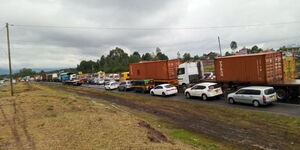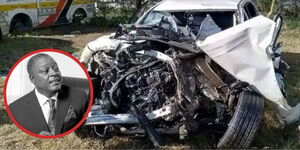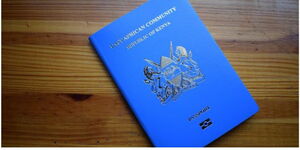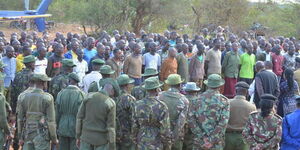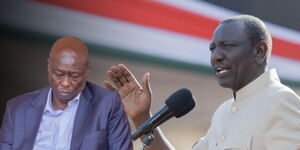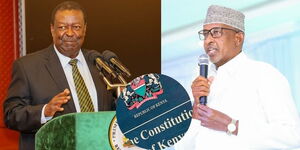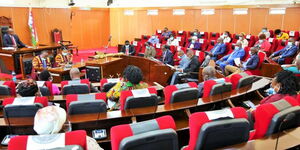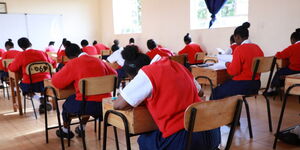Have you ever wondered how air operators prevent planes destined for Jomo Kenyatta International Airport (JKIA) and Wilson Airport from colliding mid-air despite flying in similar directions?
Unknown to many, planes are assigned designated routes to follow - similar to what happens in the Public Service Vehicles (PSVs) industry where matatus ply specific routes.
According to Engineer Jonah Kinyua, a Chief Aerodrome Inspector at Kenya Civil Aviation Authority (KCAA), the routes are assigned to ensure that planes stick to their lanes and avoid getting into routes used by other flights.
In restricted areas such as Nairobi, where there are numerous airports, the engineer indicated that there were also access lanes to avoid fatal accidents.
Access lanes for aeroplanes act as service planes on major highways which allow vehicles to accelerate before joining the main road.
"You are supposed to follow a certain path for separation because of issues of congestion like Nairobi.
"We will have access lanes from Wilson airports to ensure that the planes taking off and landing are separated from those of other airports," he stated.
On the other hand, he noted that the ordinary route followed by planes during a journey was termed as a flight path. Operators at the control towers are also assigned to monitor the traffic flow of the planes on their screens.
"If an aircraft is approaching the runway to land, we have the approach path and if it is departing from an aerodrome it is a takeoff path," he stated.
To avoid aeroplanes from having obstacles during landing and take-off, Kinyua added that KCAA put restrictions on the height of buildings constructed next to airports.
The Civil Aviation Act of 2013, stipulates that developers next to airports must get clearance from the authorities for the height of the buildings.
KCAA's rule on tall buildings is informed by the fact that the control towers and the planes communicate using radar signals. Tall buildings affect communication between the two units, which can turn catastrophic.
Therefore, in most cases, KCAA asks developers to reduce the height of the building during construction or in some instances, one may be forced to bring down the building completely.
"Any person who contravenes the provisions of an order made under subsection commits an offence and shall be liable on conviction to a fine not exceeding two million shillings or to imprisonment for a term not exceeding three years, or to both," reads the Act in part.

